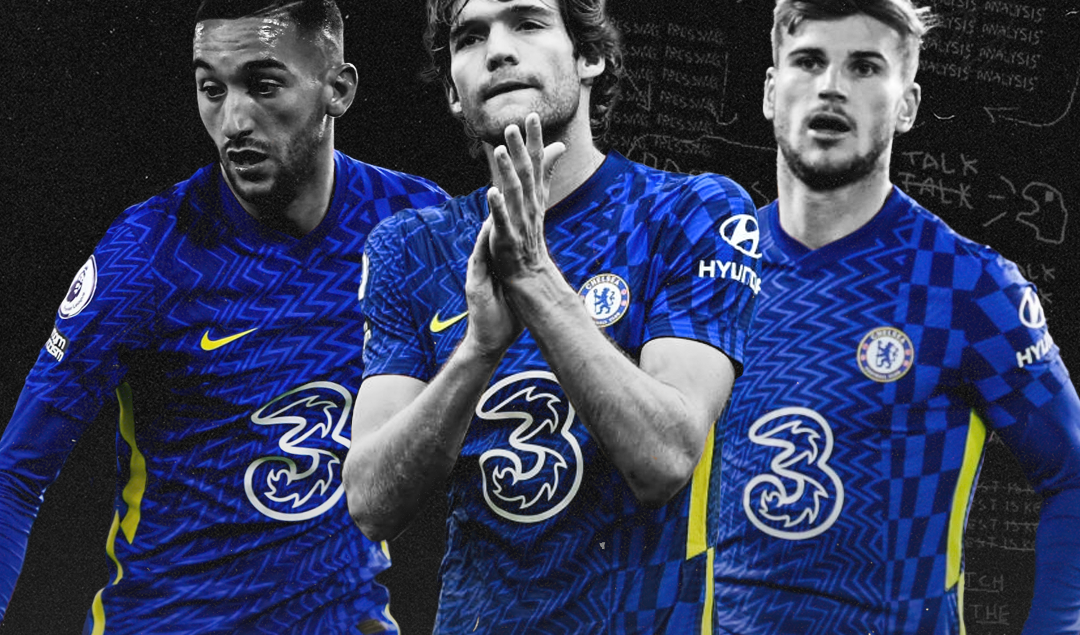The Evolution of Football Sponsorships: From Traditional Deals to Digital Partnerships
Football sponsorships have come a long way from simple kit deals to multi-million-dollar brand partnerships that shape the modern game. Today, digital innovations are redefining how brands engage with clubs and fans. One such innovation is Trustly casinos, which have emerged as key players in the sports sponsorship space. With seamless payment solutions, Trustly has become a preferred partner for various digital industries, including football sponsorships. But how did we get here? And what does the future of football sponsorships look like in an increasingly digital world?
The Early Days: Kit Deals and Local Businesses
In the early years of professional football, sponsorships were simple and community-driven. Clubs relied on local businesses for financial support, with advertisements limited to match programs, pitchside boards, and minor promotional deals. Kit sponsorships were initially prohibited, with governing bodies fearing excessive commercialization. However, change began in the 1970s, with German club Eintracht Braunschweig pioneering kit sponsorships despite resistance.
By the 1980s, more clubs embraced commercial partnerships, leading to a shift from local sponsors to national and international brands. Stadium naming rights also became a lucrative avenue for revenue, signaling the start of football’s increasing commercial appeal. While still relatively modest, these early deals set the stage for the global sponsorship boom that would follow in the 1990s and beyond.
The Rise of Global Corporate Sponsorships
The 1990s and early 2000s saw football sponsorships reach new heights, with multinational corporations recognizing the sport’s global marketing power. Airlines, automotive companies, and banking giants signed record-breaking deals with clubs, ensuring maximum brand visibility. Sponsorships expanded beyond kit deals, with telecommunications and financial institutions integrating their services into football’s ecosystem through exclusive promotions and branded experiences.
Sportswear companies like Nike, Adidas, and Puma also capitalized on football’s growing influence, competing to secure lucrative kit deals with top clubs. Sponsorship revenue became a crucial financial pillar, allowing clubs to invest in star players and world-class facilities. However, as corporate partnerships grew, concerns over over-commercialization and ethical sponsorships—such as gambling and alcohol-related deals—sparked debate within the football community.
The Digital Disruption: Fintech, Streaming, and Beyond
Today, football sponsorships are shifting toward digital-first brands, with fintech companies, cryptocurrency platforms, and streaming services reshaping the landscape. Digital banking solutions now facilitate seamless ticket purchases and merchandise sales, while blockchain technology and NFTs introduce new revenue streams for clubs. The rise of streaming platforms like Amazon Prime and DAZN has also challenged traditional broadcasting deals, reflecting changing fan consumption habits.
Social media and esports partnerships further drive engagement, with clubs leveraging data analytics, AI-powered content, and interactive digital campaigns to connect with global audiences. This shift toward personalized, tech-driven sponsorships enables brands to create meaningful, data-backed interactions rather than relying on traditional advertising methods. As clubs adapt to this digital era, those embracing innovation will gain a competitive edge both commercially and in fan engagement.
The Impact on Fan Engagement
Sponsorships now extend beyond financial support, playing a key role in enhancing fan experiences. Brands engage supporters through mobile apps, AI-powered chatbots, and gamification strategies such as prediction contests and fantasy football. These interactive elements foster stronger emotional connections between clubs and their fans while providing brands with real-time engagement insights.
Moreover, data-driven marketing allows sponsors to tailor campaigns to specific demographics, creating targeted promotions and personalized experiences. The focus has shifted from simple logo placements to integrated digital partnerships that add value to the fan experience. As football continues evolving, clubs that embrace fan-first sponsorship strategies will build stronger loyalty and long-term brand relationships.
What’s Next for Football Sponsorships?
Looking ahead, sponsorships are expected to become even more personalized and data-driven. Brands will focus on targeted marketing strategies that cater to specific fan demographics. Augmented reality (AR), virtual reality (VR), and blockchain technology could revolutionize how fans interact with sponsors, offering unique rewards and experiences tailored to individual preferences.
While traditional sponsorships like kit deals and stadium naming rights will continue to hold value, the real growth lies in digital collaborations. As the industry evolves, football clubs that embrace innovative sponsorship models will be best positioned for long-term success.
